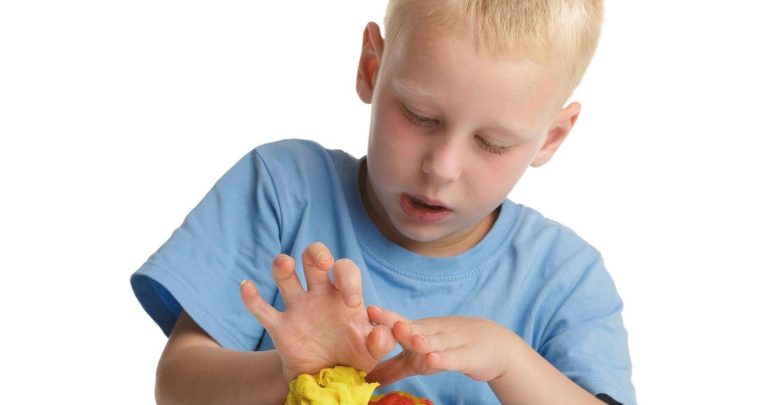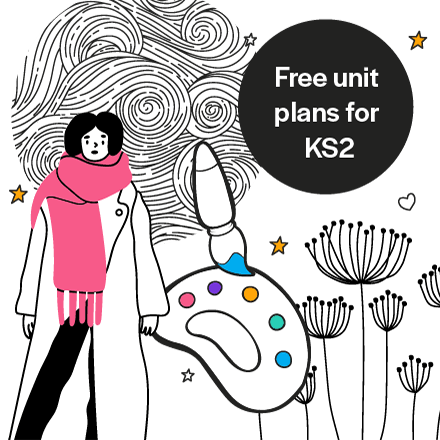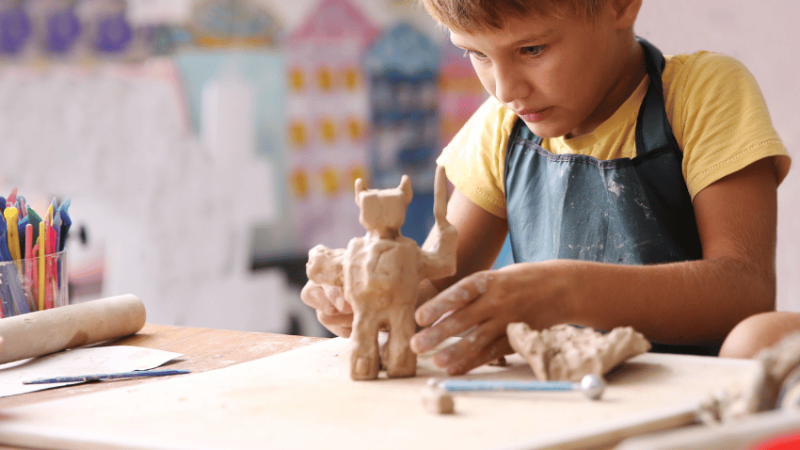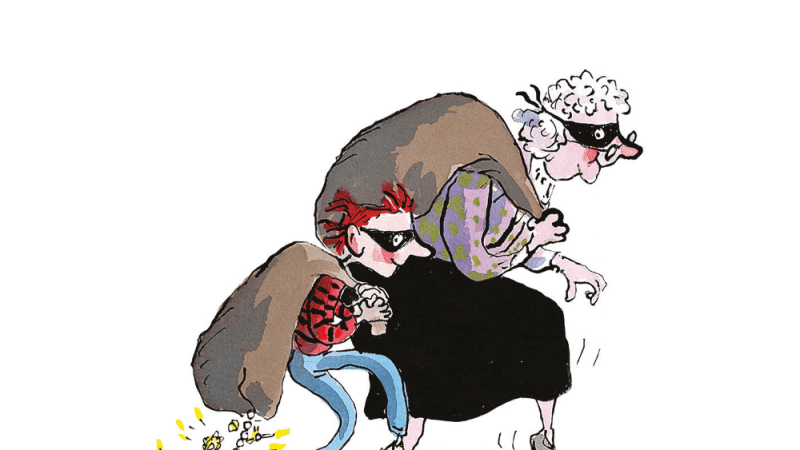9 activities for improving Fine Motor Skills

Improved fine motor skills can unlock children’s confidence and creativity, as well as dexterity – and these activity ideas from Becky Tuxford can help it happen…

- by Becky Tuxford
- Head of English and drama at Northease Manor School in Lewes

The development of their fine motor skills is an essential precursor to children being able to do many of the things that the majority of us take for granted from a relatively young age – such as buttoning a shirt and using a knife and fork, for example, as well as writing legibly and controlling a computer keyboard and mouse.
Many children with special needs will have particular challenges with fine motor skills and may experience frustration and poor self-esteem as a consequence, therefore impacting on their learning experience. Including a range of opportunities to to help develop them, then, whether within the classroom environment generally or as part of an intervention strategy, should form part of every teacher’s planning.
What and why?
The term ‘fine motor’ means ‘small muscles’. Fine motor skills encompass the coordination and use of the small muscles in the fingers, hand and arm to manipulate, control and use tools and materials. Hand-eye coordination, where a person uses their vision to control the movements and actions of their small muscles, is also an important factor in fine motor skills development.
Fine motor abilities form the foundation for many of the abilities children need to develop and enhance as they progress through their earliest years. Little hands must build strength and dexterity in order to facilitate their interactions with the world – and inevitably, their learning. Adequate fine motor control is crucial in the development of early literacy, numeracy and self-help skills, as well as enabling the child to participate in a range of more complex activities such as board games, arts and crafts projects and making music, which they will find less demanding (and more appealing) as they strengthen the required muscles.
The following suggestions are ideal for helping all children develop their fine motor skills, and can be especially useful when supporting children with SEN, who may find themselves behind their peers in this respect. They can be used in multiple ways: one-to-one; with small groups; or as a whole class activity.
1. Feed the ball
This activity is targeted primarily at hand strengthening, although it helps with finger dexterity, too. It could be used as an intervention strategy – either as one-toone or with a small group – or incorporated into whole class numeracy and literacy lessons (counting items as they are ‘fed’ to the ball, for example; or working with letters to spell out words).
Cut a 3-inch horizontal line across a tennis ball (so when you squeeze the ball, it looks like a mouth is opening; if you are feeling creative and have the time, draw a face on, too). Put a selection of small items, such as coins, beans or beads, on the table in front of the child.
First, show the child how to squeeze the ball and ‘open its mouth’ using only one hand (preferably the dominant hand). Once they have the hang of it, explain that the idea is that they pick up the small items with their other hand – one at a time, using a pincer grasp – and ‘feed’ them to the ball by opening and closing its mouth.
To work on finger translation, ask the child to pick up two or three coins at once, but ‘feed’ them to the ball one at a time.
2. The right lines
Tracing encourages children to use handeye coordination, as well as controlling the dominant and non-dominant hands. It’s a skill that not only requires a strong pencil grip to hold the pencil or marker, but also demands good coordination of the muscles in the hand to stay on a narrow line while following it.
As a starting point, print some images related to the topic you are studying – to make it more fun, you could give groups of children different pictures that when put together form a giant jigsaw. Direct pupils to trace over the lines, curves and shapes with coloured pens. Depending on ability, they can then label the image with key words, facts or statistics before putting them all together.
For younger children, try homemade worksheets; use a yellow marker to draw shapes, images, letters or numbers and then have the children trace your lines with a blue or red marker to see the outline magically turn a different colour.
3. A squash and a squeeze
Putty or play dough is an ideal way to help develop fine motor skills, as manipulating it effectively requires the use of many different actions. Try mixing and matching the following activities to help children work on the various muscles of the hands and fingers.
Raise a tower
Place a small amount of dough onto a flat surface and shape it into a cone, by pressing fingers and thumbs lightly into the dough, then slowly bringing the digits together and up, forming a sharp point.
Squash the snake
Place a roll of dough in the palm of a hand and flex fingers to make a fist. Squeeze as hard as possible.
Pull ups
Shape dough into a 10cm disc on a flat surface. Place a hand over the circle, with the tips of fingers and thumb in the dough. Draw thumb and fingers together to the centre of the shape.
Muscle-fingers
Hold a ball of dough in one hand. Use each finger of that hand to poke the ball, flexing the digits one at a time, and using them to push dough into the palm of the hand.
Make it through
Place a ball of dough between the thumb and index finger of one hand. Push the digits through the ball until they meet. Repeat with the other fingers; then with fingers and thumb on the other hand.
Stretch the loop
Place a loop of dough around four fingers. Spread fingers apart, stretching the dough, until they are as wide as they can be.
Say what you see
This is a great activity to use in small group interventions. Like the game Pictionary, the idea is to have others guess a ‘secret word’; but instead of drawing to give the clue, one member of the team must use play dough to represent it as the others race to work out what’s on the card. It’s a fun, inclusive game for the classroom and can tie into many learning activities or subjects.
Northease Manor is a CReSTeD approved co-educational independent school for students with specific learning difficulties; explore further at northease.co.uk
About the author
Becky Tuxford is head of English and drama at Northease Manor School in Lewes










